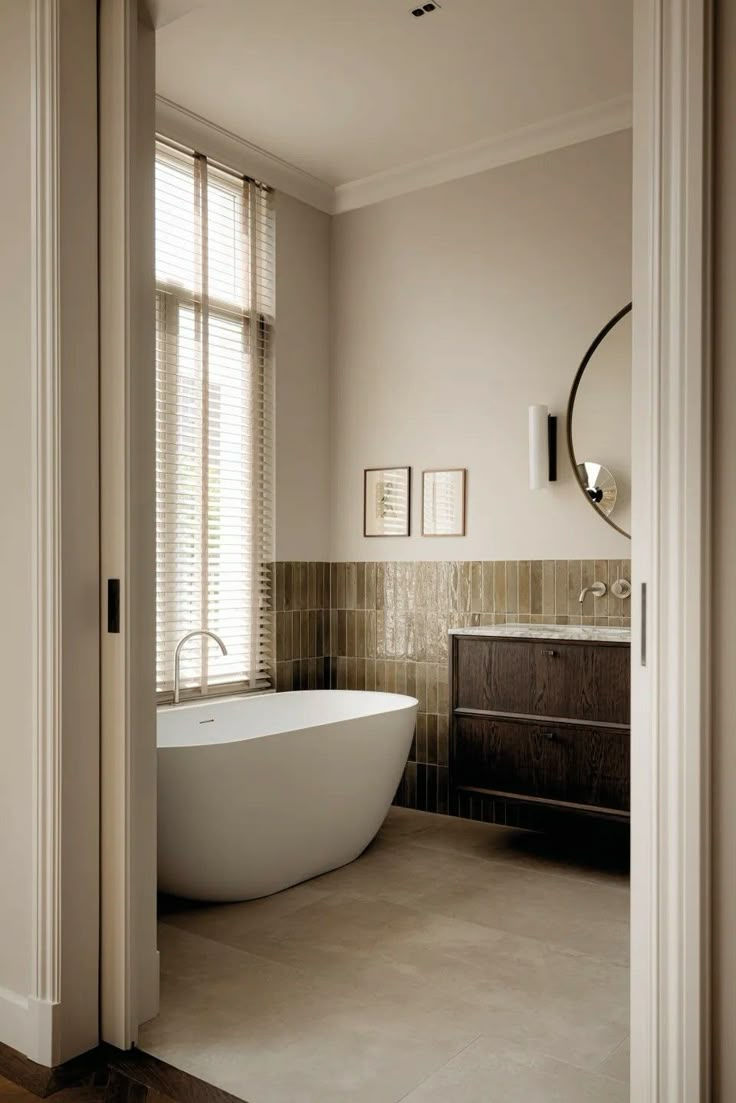Optimizing Light: The Best Placements to Install Recessed Lighting
- Jenny Kakoudakis

- Jun 24, 2018
- 4 min read
Updated: Oct 2, 2024
If you are building a kitchen extension and are considering recessed lights for your ceiling or walls, you've come to the right place. Having recessed lights installed has pros and cons. They need to be placed in the optimal locations to ensure that their purpose is fulfilled in the best way possible; otherwise, there’s no reason to even use them.
Recessed lights have a very specific purpose, unlike lights used for ambience or accent. Planning out the installation of recessed lights in your household is essential in ensuring the best placement and radius of light coverage.
In some cases, the installation of recessed lights also serves a functional purpose if ceilings are quite low and the use of pendants is not recommended. It can also make a space appear larger and as such installing recessed lights can also increase the value of your home.
Here are some tips on the best placements to install recessed lighting to get you started.
1. Positioning Recessed Lights: In Front, Not Behind
One common usage of recessed lights in London homes is to highlight or showcase an item such as a painting, display cabinet, or a picture. The gallery can be located in any room of the house - bedroom, living room, or even just a hallway.
When having the light installed, make sure to put it at least 12 - 18 inches in front of the subject. This will allow it to become perfectly illuminated in a beam of soft light and eliminate any unnecessary shadows.
A common error that new interior designers make is placing the lights behind the subject when the correct placement should be in front.


2. Lighting for 3D Objects
If you’re trying to light up a three-dimensional object such as a flower vase, a plant, or a stand-alone display case, one light alone isn’t going to cut it. Even one light placed directly above the subject will cast a shadow on the ground, especially if it’s not perfectly smooth-shaped.
The solution? Use multiple lights angled towards the centre subject to create a more dramatic light effect. You’ll need to have adjustable multi-directional lights installed in order to pull this off. There are also a variety of LED-type lights that would be perfectly suited for 3D objects.

3. Avoid the Airport Runway Effect
Have you ever seen the “lanes” of signal lights on an airport runway which let the pilot know where to go in a dark environment? Avoid installing too many recessed lights together in one area and too near to each other, or your kitchen interior may begin to look like a runway of sorts.
You may also want to avoid the “Christmas light” effect which may also occur by having too many recessed lights close together in a line. Based on the Cost Freak recommendation, minimizing the number of recessed lights you have will also help you save money.



4. Use Recessed Lights as Task Lights
You can have recessed lighting installed as task lights in key areas.
Most commonly, task lights are installed in the kitchen and bathroom as permanent fixtures. Having them installed in these areas is beneficial because recessed lighting requires permanent fixtures and you’re not likely to change the lighting structure in these rooms often.
The vanity dresser and kitchen countertop are some noteworthy locations for recessed lights. Just be careful not to place them too close together.


5. Overhead Placement of Recessed Lights
Recessed lighting can also be used as overhead lights for offices, libraries, or reading areas. These should be carefully placed directly in the centre of the area in which it is being used. For example, a coffee table should have overhead recessed lights in the middle to provide optimal lighting.
A bookshelf or library can make good use of overhead recessed lighting to provide a warm glow to bask in while doing some light reading. Similarly, libraries are excellent spots to showcase book collections.

6. Multi-Directional Recessed Lights
Some recessed light fixtures have the capability to be adjusted and point focused shafts of light in any direction within a certain radius. Use this to your advantage in the bedroom by creating a focal point on certain pieces that you want to highlight such as a desk, wardrobe, or backdrop.
Multi-directional lights can be used at hallways, in bathrooms, rec rooms, and living rooms.


7. Recessed Lights for Home Theatres
If you’ve got a home theatre system setup to enjoy with the family, recessed lights at the forefront will be the perfect addition.
A theatre system benefits greatly from the clear line-of-sight that recessed lights provide.
Make sure that you’re using a dimmer kit so that you can adjust the brightness to your preferred level. Coupled with surround sound and good interior design, your home movie theatre will come out looking perfect.
Summary
You can install recessed lights in most rooms of the house. The important thing is to simply prepare and plan on where you need the light the most. Calculate how many lights you need in advance before contracting the installation team to have them put in.
The last thing you want is to have a bunch of unwanted holes in your ceiling with no purpose. Finish the interior design first and know where your highlighted pieces are going to be before thinking about the lighting.
Jenny Kakoudakis likes to blog about interiors. She launched award-winning Seasons in Colour in 2014 and the luxury interior design blog All The Pretty Homes in 2024. When she is not chasing criminals out of the financial system (her day job), she gets creative by redecorating her own home.


